From the following data construct Fisher's Ideal Index:
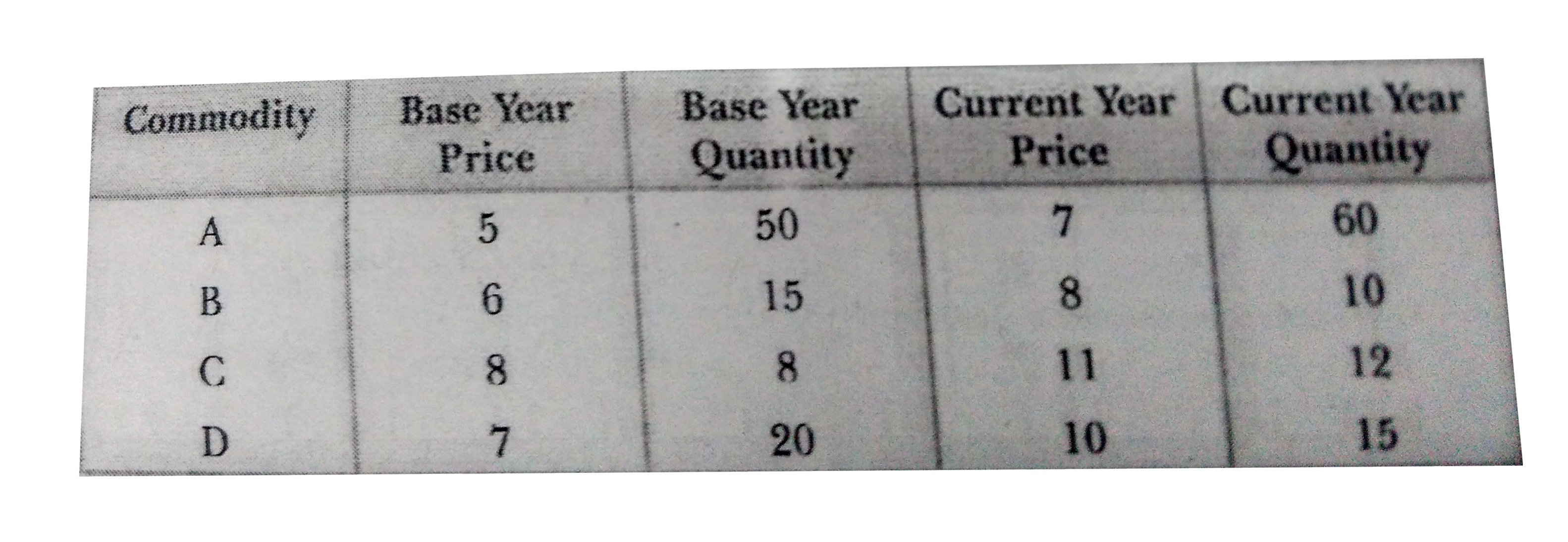

P01=√Σp1q0Σp0q0×Σp1q1Σp0q1×100
=√758544×782561×100
=√1.9423×100
=1.3937×100
=139.37
Topper's Solved these Questions
- BOOK - TARUN JAIN & VK OHRICHAPTER - INDEX NUMBERSEXERCISE - A. Multiple Choice Questions: Choose the Correct Answer12videos
INDEX NUMBERS
- BOOK - TARUN JAIN & VK OHRICHAPTER - INDEX NUMBERSEXERCISE - B. Choose appropriate word and fill in the blank7videos
INDEX NUMBERS
- BOOK - TARUN JAIN & VK OHRICHAPTER - FREQUENCY DIAGRAMS - HISTOGRAM, POLYGON AND OGIVEEXERCISE - EXERCISE NCERT7videos
FREQUENCY DIAGRAMS - HISTOGRAM, POLYGON AND OGIVE
- BOOK - TARUN JAIN & VK OHRICHAPTER - MEASURES OF CENTRAL TENDENCY - ARITHMETIC MEANEXERCISE - Illustration72videos
MEASURES OF CENTRAL TENDENCY - ARITHMETIC MEAN
Similar Questions
From the following data, find Fisher's Ideal Index Number:
 View Solution
View SolutionFrom the following data, construct a price index number by using Fisher's Ideal Formula:
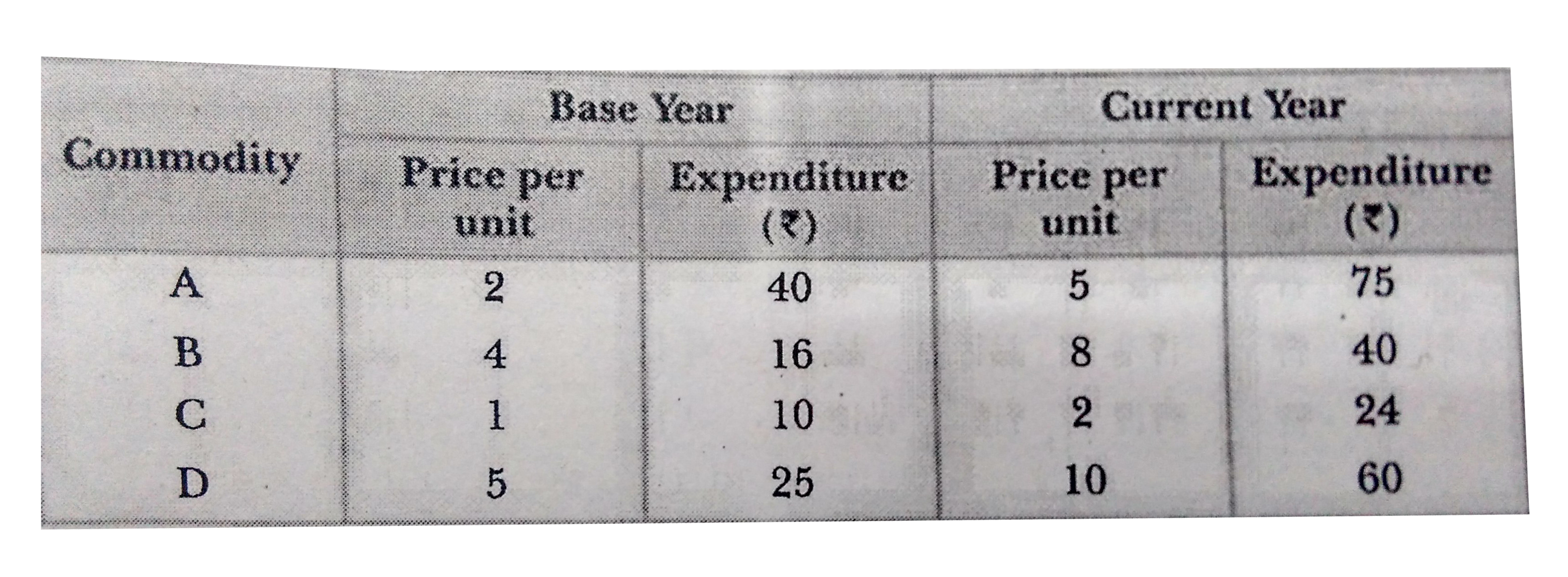 View Solution
View SolutionFind MC from the following data :
 View Solution
View SolutionFind MU from the following data :
 View Solution
View SolutionBased on the following data, construct Laspeyre's and Paasche's Price Indices for 2017 and 2018 with 2004 as base:
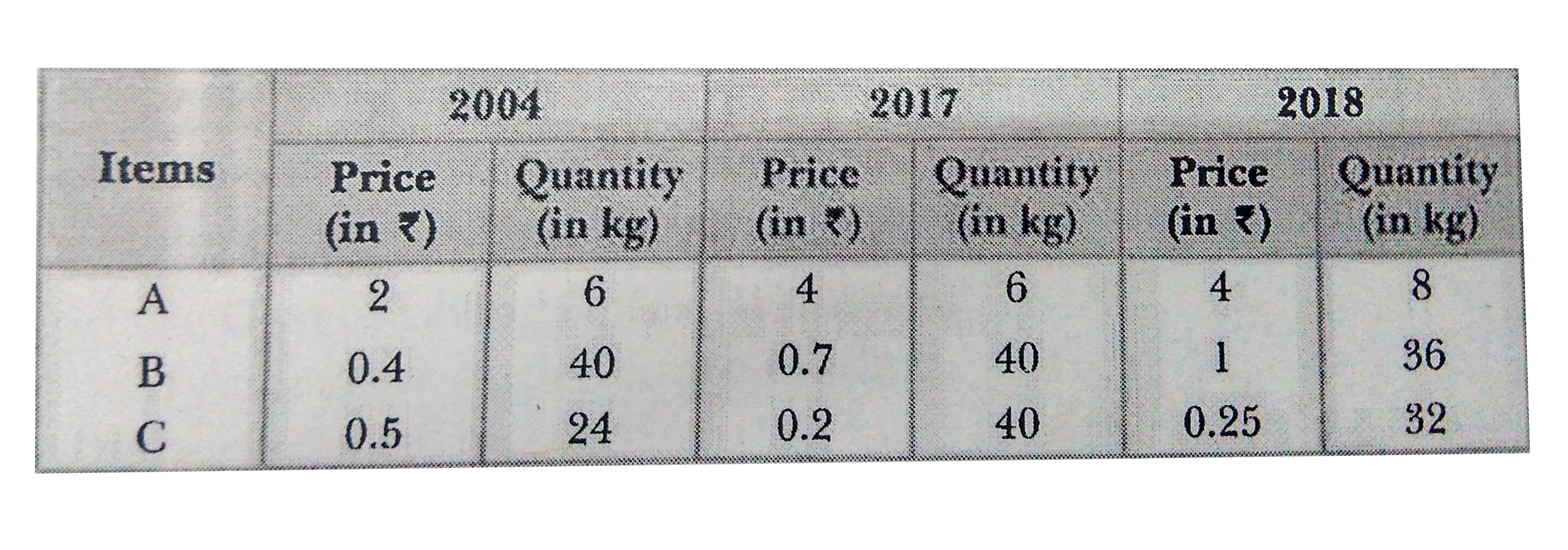 View Solution
View SolutionFrom the following data, construct frequency histogram, frequency polygon and frequency curve.
 View Solution
View SolutionConstruct index numbers of the following data by Fisher's Method:
 View Solution
View SolutionForm the frequency distribution table from the following data:
Construct the frequency distribution table for the above data.
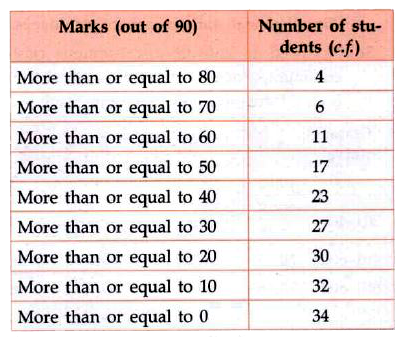 View Solution
View SolutionFrom the following data, determine TR, AR and MR.
 View Solution
View SolutionFrom the following data, find the Cost of Living Index Number of 2018 on the basis of 2004 by (i) Aggregate Expenditure Method, and (ii) Family Budget Method:
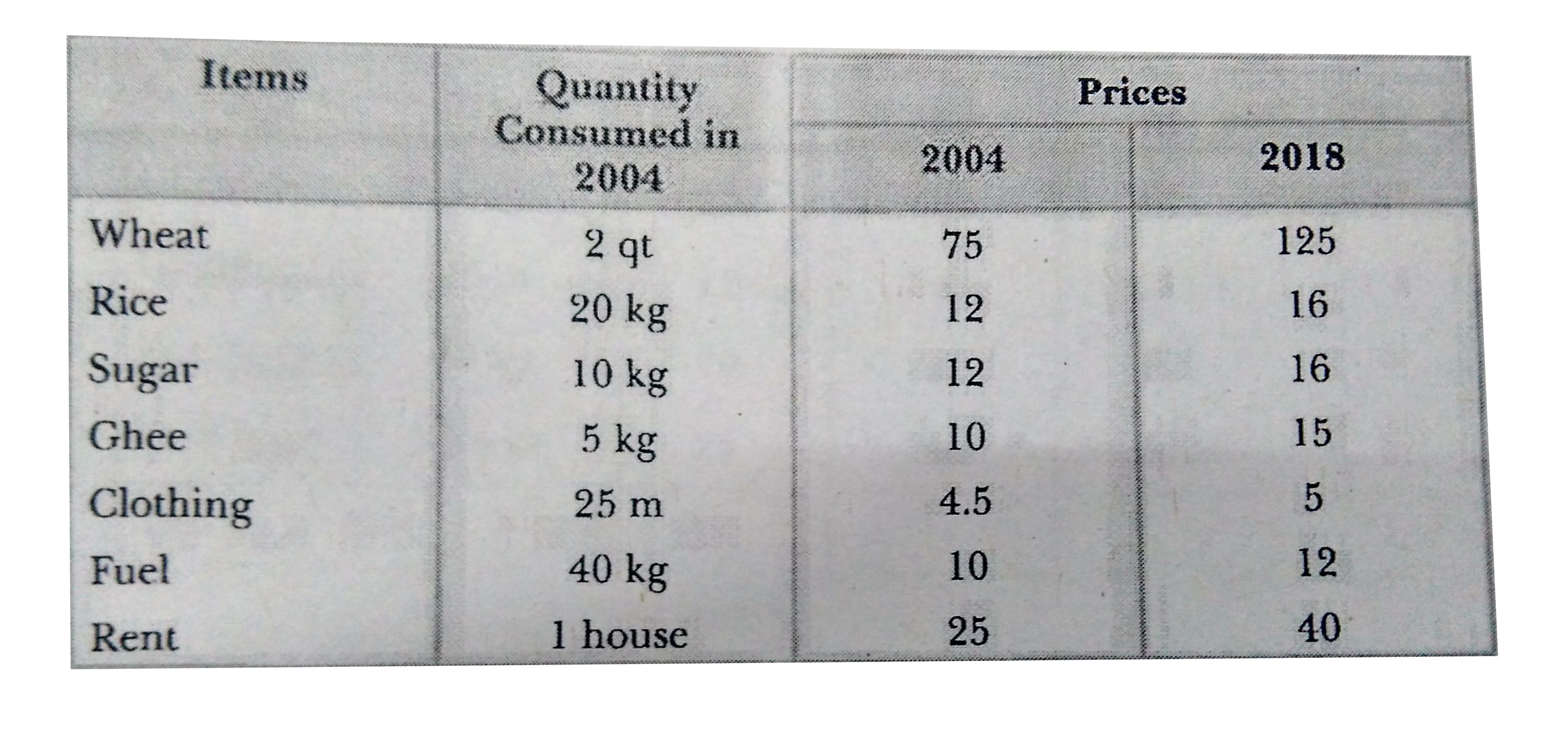 View Solution
View Solution

